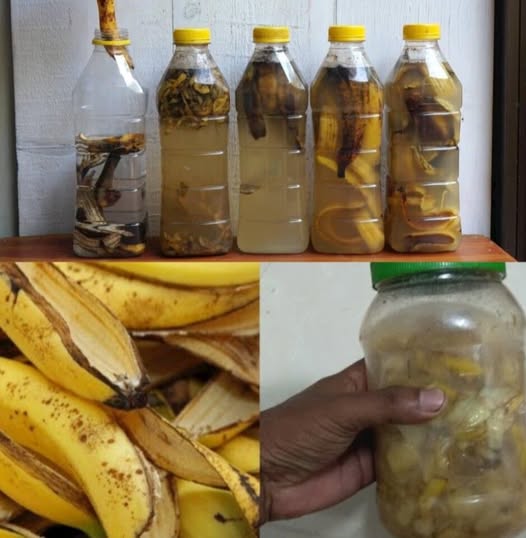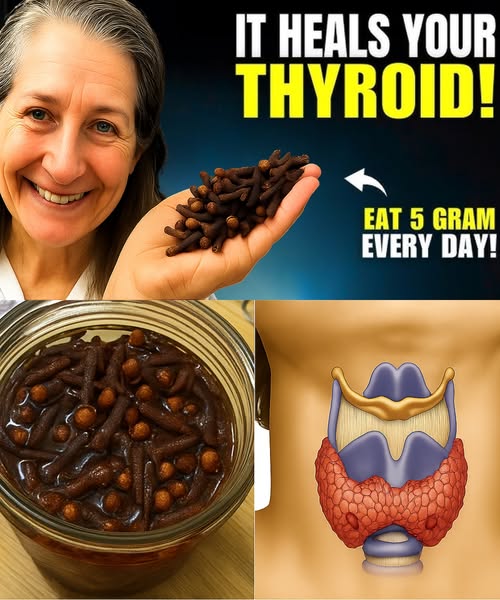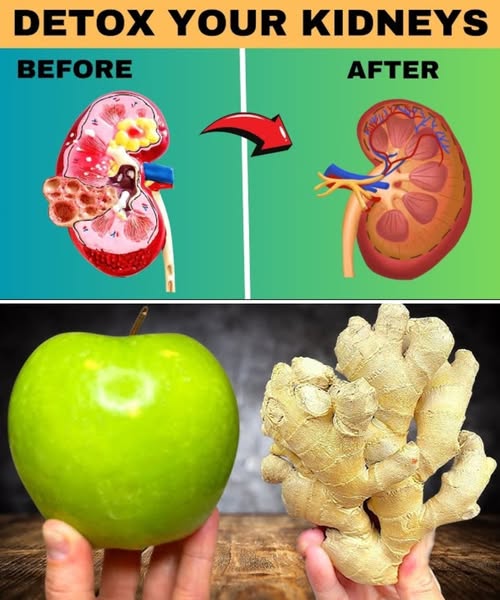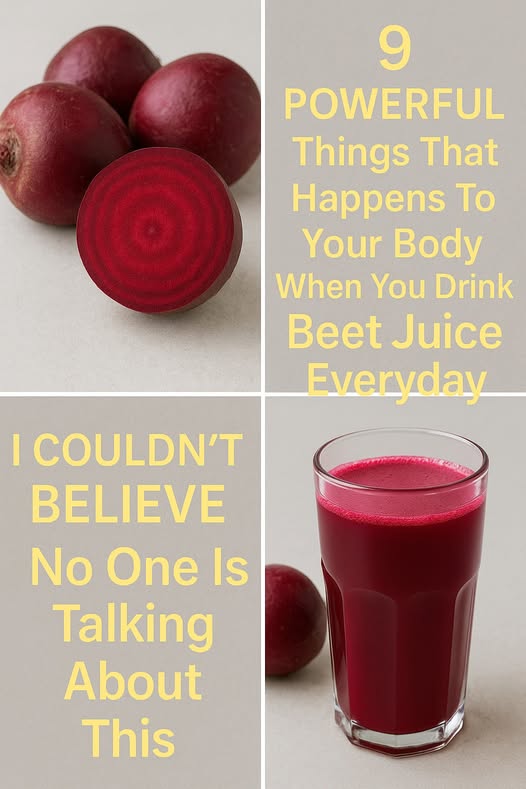Introduction: The Unexpected Power of Banana Peels in a Bottle

If you’ve been tossing banana peels in the trash, you’re wasting a hidden treasure trove of nutrients and natural solutions. What if I told you you can transform those humble peels into powerful liquid fertilizer, eco-friendly pest repellent, and even plant booster—all with a simple plastic bottle?
This isn’t just old folk wisdom. It’s a proven, cost-effective strategy adopted by gardeners, sustainability advocates, and eco-conscious households worldwide.
Imagine turning kitchen waste into a sustainable solution that feeds your garden, reduces chemical use, saves money, and protects the environment.
In this in-depth, SEO-optimized guide, you’ll discover:
- How to make banana peel fertilizer in a bottle
- 7 surprising benefits you’ll see in days
- Pro tips for best results
- Answers to common questions
If you care about saving money, reducing waste, and helping plants thrive, keep reading. By the end of this article, you’ll know exactly how to make, use, and maximize this natural elixir.
Body
1. The Science Behind Banana Peel Fertilizer
Banana peels are nutrient powerhouses. They contain:
- Potassium (K): Critical for strong stems, fruit development, and disease resistance.
- Phosphorus (P): Supports root growth and flowering.
- Calcium: Strengthens cell walls and improves soil structure.
- Magnesium: Vital for chlorophyll production.
- Trace minerals: Zinc, manganese, iron.
According to the University of Florida IFAS Extension, potassium deficiency is among the most common nutrient issues in plants—banana peels are an easy, natural fix.
When you soak banana peels in water in a sealed bottle, these nutrients leach into the liquid, creating an organic fertilizer tea that plants love.
2. How to Make Banana Peel Fertilizer in a Bottle (Step-by-Step Guide)
Ingredients:
- 2–3 banana peels
- 1 large plastic or glass bottle (1–2 liters)
- Clean water
Instructions:
- Cut banana peels into small pieces to speed up nutrient extraction.
- Place the pieces into the bottle.
- Fill the bottle with clean water, leaving 1–2 inches at the top.
- Seal the bottle tightly.
- Let it sit for 3–7 days in a cool, shaded area. Shake daily.
Result: A nutrient-rich, brownish liquid fertilizer ready to use!
Pro Tip: Don’t let it sit too long (>10 days) as it may start to smell bad or ferment excessively.
3. 7 Incredible Things That Happen When You Use Banana Peel Water
1️⃣ Supercharges Plant Growth
Plants absorb the potassium-rich liquid quickly, strengthening roots and stems. Expect visibly healthier, more resilient plants in as little as 2 weeks.
2️⃣ Promotes Bigger, Better Blooms
Phosphorus and micronutrients boost flowering, giving you larger, more vibrant blooms.
3️⃣ Improves Fruit and Vegetable Yield
Stronger, well-fed plants mean more abundant harvests. Tomato, pepper, and squash growers swear by it!
4️⃣ Acts as a Gentle, Organic Pest Deterrent
Some gardeners find banana water repels aphids and other soft-bodied pests when sprayed lightly on leaves.
5️⃣ Reduces Household Waste
Banana peels account for significant food waste. This method diverts them from landfills and methane emissions.
🌎 Stat: According to the UN, food waste accounts for ~8–10% of global greenhouse gas emissions. Composting or making fertilizer helps cut this impact.
6️⃣ Saves You Money on Chemical Fertilizers
No need to buy expensive synthetic products. Your homemade banana peel fertilizer is free.
7️⃣ Supports Soil Health Naturally
Unlike chemical fertilizers that can degrade soil over time, banana peel water nourishes beneficial microbes and maintains long-term soil fertility.
4. How to Use Banana Peel Fertilizer Correctly
✅ For watering:
- Dilute 1 part banana water with 5 parts clean water.
- Water around the base of plants once every 1–2 weeks.
✅ For foliar spray:
- Dilute well (at least 1:10 ratio) to avoid leaf burn.
- Apply using a spray bottle in early morning or evening.
✅ For compost booster:
- Pour undiluted liquid onto your compost pile to accelerate decomposition.
Warning: Avoid overuse. Too much potassium can imbalance soil nutrients. Always dilute!
5. Frequently Asked Questions (FAQs)
Q1: Is banana peel fertilizer safe for all plants?
Yes, but use diluted. Heavy feeders (tomatoes, roses) benefit most. For sensitive plants, test on a small area first.
Q2: Can I store the fertilizer?
It’s best used fresh. If needed, refrigerate for up to 1 week.
Q3: Does it smell bad?
If over-fermented or left too long, yes. Use within 7 days and keep the bottle sealed.
Q4: Can I use cooked or frozen banana peels?
Fresh peels work best, but thawed frozen peels are fine. Avoid cooked peels, as heat can degrade nutrients.
Q5: Is it better than composting banana peels?
Both are excellent. Composting improves soil structure long-term. Banana peel fertilizer offers a quick nutrient boost.
6. Advanced Tips and Strategies
✅ Combine with Other Scraps: Add eggshells (for calcium) or coffee grounds (for nitrogen) to your bottle for a balanced blend.
✅ Use Rainwater: Instead of tap water, use rainwater for better mineral uptake and sustainability.
✅ Label Your Bottle: Keep it clearly marked and out of reach of children or pets.
✅ Monitor Your Plants: Look for signs of nutrient excess (yellowing, leaf burn) and adjust dilution accordingly.
✅ Maintain a Routine: Consistency is key. A little, regularly, is better than flooding your plants with nutrients once.
7. Why This Works: The Chemistry Simplified
When banana peels soak in water:
- Potassium ions (K+) dissolve and become available for plant uptake.
- Phosphorus is released slowly, encouraging root growth.
- Trace minerals maintain healthy cellular processes in plants.
Unlike synthetic fertilizers, this method offers a gentle, balanced nutrient supply without harming soil life.
8. Sustainable, Scalable, and Shareable
This method is perfect for:
- Home gardeners
- Urban balcony growers
- Community gardens
- Schools and environmental programs
By sharing this simple strategy, you help promote sustainability and reduce global food waste. It’s an easy, actionable way to live greener.
Call to Action: Share this guide with friends, family, or on social media to spread the word about turning waste into life.
Conclusion: Turn Trash into Treasure Today
Banana peels are more than compost material. With just a bottle and water, you can create a potent, natural fertilizer that nourishes plants, repels pests, reduces waste, and saves money.
This simple, science-backed method is accessible to anyone—from beginner gardeners to master growers. By adopting it, you’re not just caring for your plants but also contributing to a cleaner, greener planet.
Don’t wait—grab those banana peels, fill a bottle, and watch the magic happen. Your garden—and the earth—will thank you.


